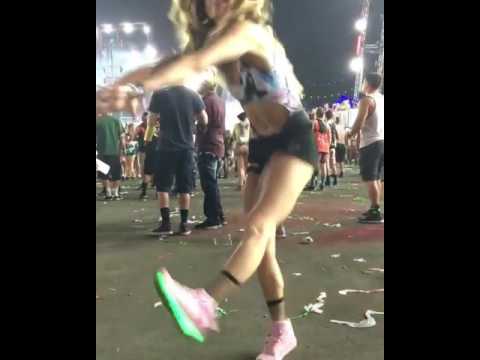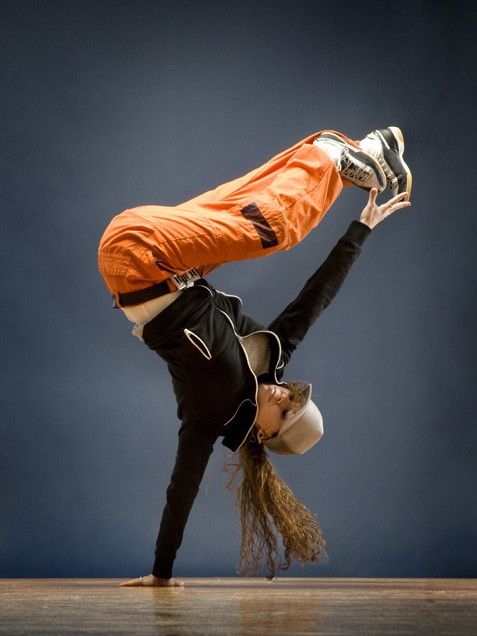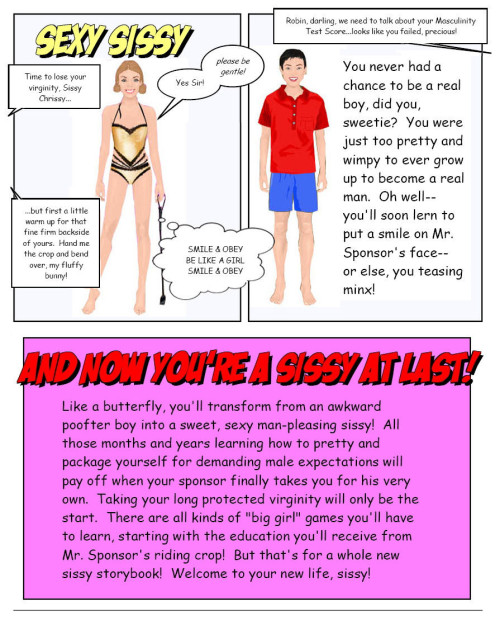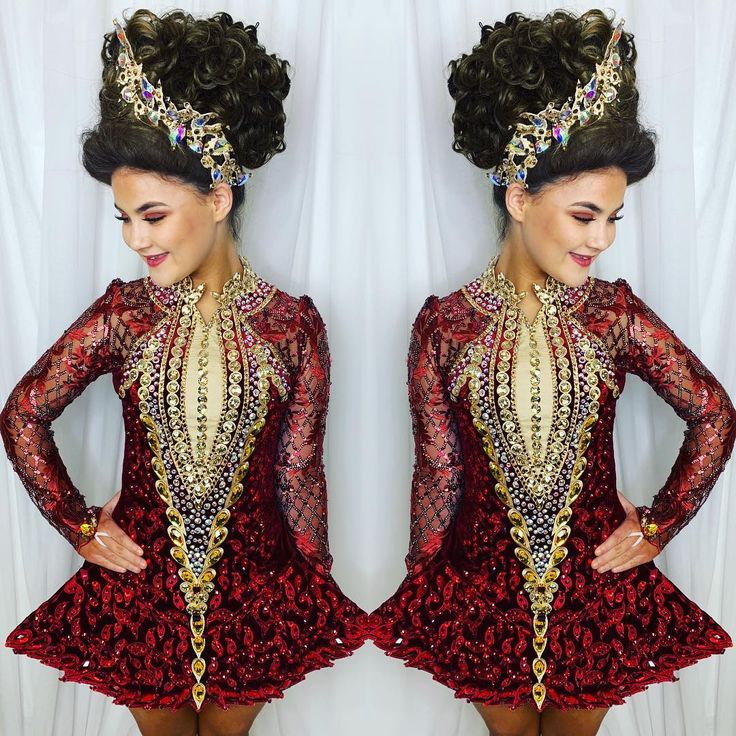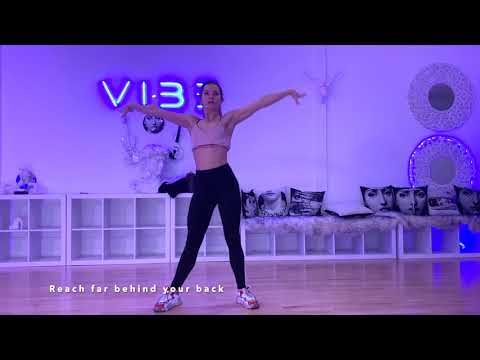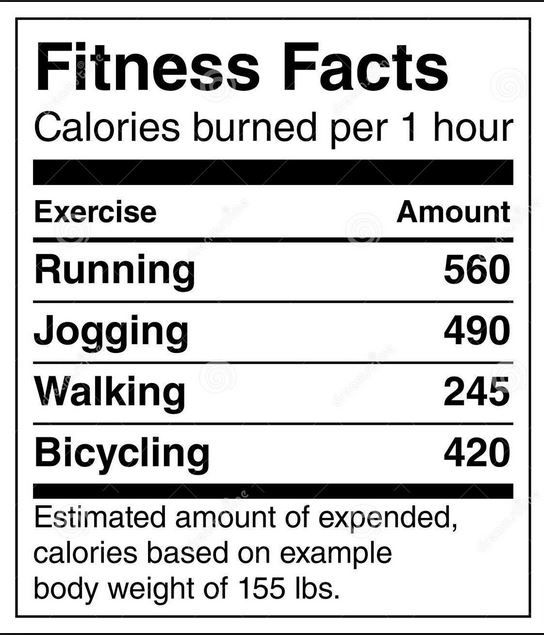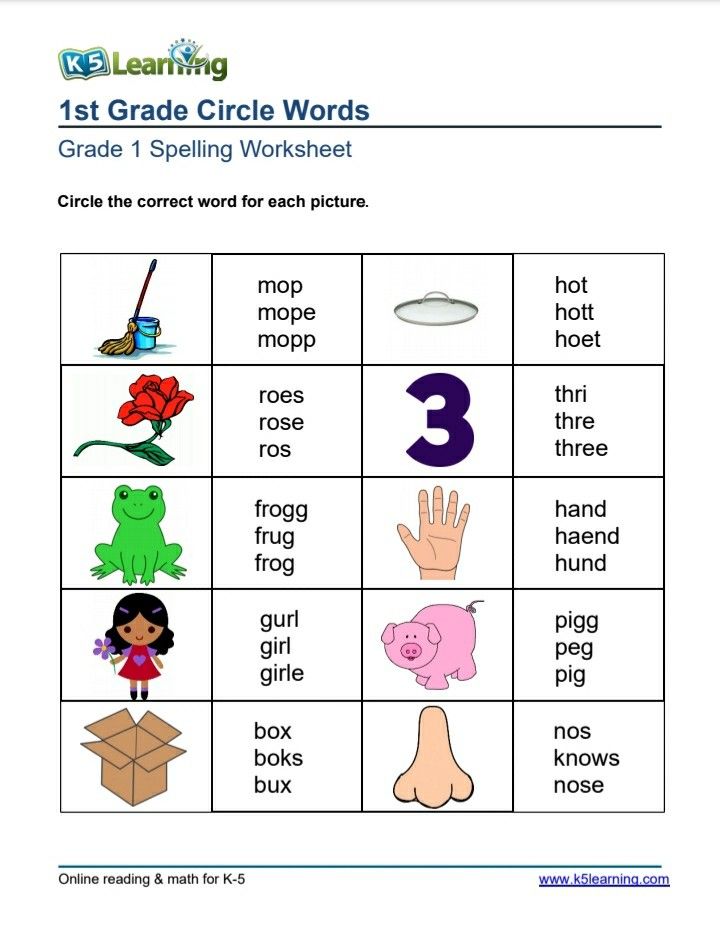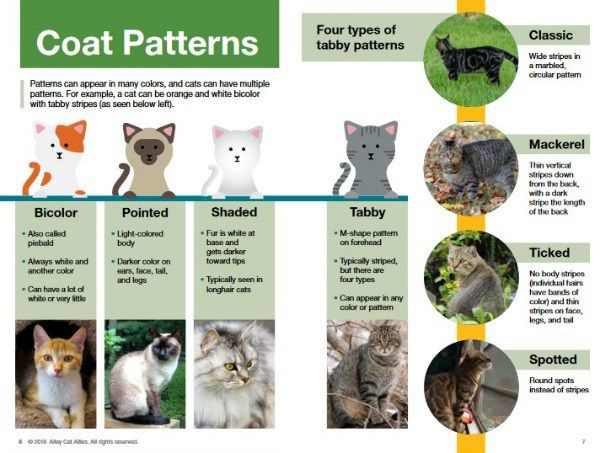How to techno shuffle dance
What Is The Shuffle Dance? Learn How To Do It In 5 Minutes!
In the recent years, we’ve seen a lot of EDM fans show off this weird, and somewhat new, dance move in a lot of music videos, throughout the web and on Youtube in their own personal videos. It seems like you are missing out on a lot of fun when you’re not sure what it’s all about and how to do it.
At first sight, it seems like the person is running while smiling and having a good time. To dance music fans, shuffling is more than just having a good time. As with most things EDM-related, it is a form of self expression, an accomplishment, and as some put it “a way to improve their mental and physical health”.
The Shuffle dance was developed in the 1980s, it is improvised dancing where the person repeatedly “shuffles” the feet inwards, then outwards, while thrusting their arms up and down, or side to side, in time with the beat.
Let’s go into more details and learn more about the dance and find out how you can start dancing it in 5 minutes!
Where did it start?
The Shuffling dance started in Melbourne, Australia, in the underground rave scene back in the early 1980s. Back then, it was known as the Melbourne Shuffle. With the growth of the electronic dance music scene around the world, Shuffling dance popularity grew and is now practiced by people from around the world at all the major EDM festivals. In 2012, the Melbourne Shuffle became a popular dance in the UK and became known as simply “The Shuffle”.
The Best Music For Shuffling
Melbourne’s underground scene in the early 90s was under the huge influence of Techno music. This high-BPM electronic music sub-genre placed the perfect beat for shuffle dancers. But shuffling became so popular that it crossed over into electro house and hardstyle genres. Today, shuffling spans into almost the full spectrum of electronic dance music. We’ve seen shuffling in videos from EDM, Trance, House, Techno, Electro and most of it’s sub-genres.
The best music for Shuffling is usually the more upbeat versions of electronic music. Although any EDM genre will work for the dance. Which makes Shuffling a very versatile dancing style: you can choose whatever music you want to dance on. There’s no limit to how much you can personalize this dance.
There’s no limit to how much you can personalize this dance.
Check out this Spotify playlist for music to Shuffle dance on.
Shuffling For Beginners
As a beginner, you have to learn to master just two basic moves before moving on to the more advanced stuff.
The first image below shows the T-step movement. The second is the same T-step combined with a variation of the running man dance. You can take a closer look at the dance by watching it being performed by Janet Jackson in the video of her hit “Rhythm Nation”.
A great tip you can keep in mind as beginners is that you can sprinkle talcum powder or add liquid to the floor to help you slide more smoothly and easily.
After mastering the basic shuffle moves you can now throw in some jumps, spins and slides. You’ll make the dance your own, having a complete shuffle routine that’s personalized and unique to you alone. After that, all you need is some awesome EDM banging music blasting through your speakers and let the fun begin!
Time To Learn How To Shuffle
Learning how to shuffle might seem like a difficult task, but it really isn’t!
When you take it slow, understand the steps and practice, you’ll be ready to hit the dance floor in no time!
As we previously mentioned, you’ll be starting out by learning the basic “running man” move.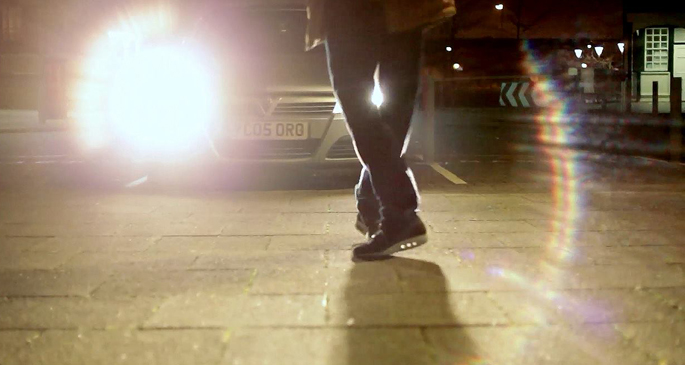 With time, you’ll be able to switch things up and add your unique twists to the overall dance. Hell, you might end up having a unique dance for every song, you’ll become the unstoppable Shuffle Master! Sounds awesome no?
With time, you’ll be able to switch things up and add your unique twists to the overall dance. Hell, you might end up having a unique dance for every song, you’ll become the unstoppable Shuffle Master! Sounds awesome no?
In the below tutorial video, you will learn the basics of Running Man. You’ll start by breaking down the steps easily and after that we put the steps to the counts and then to the music.
When getting started, keep these tips in mind:
1. Start slow – learn and practice the basics over a period of time
2. Dance in front of a mirror to better see what you’re doing
3. Copy the experts: watch Youtube videos to see how others are doing it
4. Wear good shoes and socks (or your feet will hurt like hell!)
5. Start slow, use slower BPM tracks such as deep house at first to get the hang of it first
6. Find people who already have mastered the dance and become friends, they’ll give you tips and tricks from their own experience
And most importantly, DON’T GIVE UP! Like everything in life, this will take it’s time to master and will need practice time, even though it looks easy in the videos.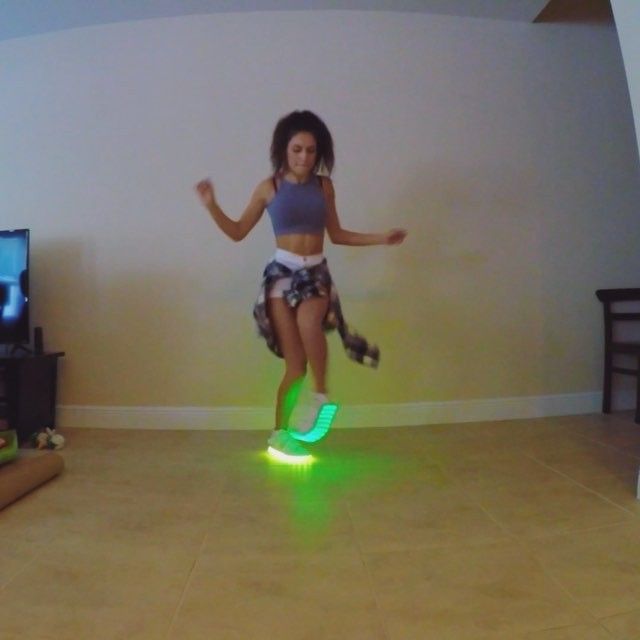
Here Are Some Advanced Moves
The Kick Side Step:
The Charleston Shuffle:
Club Dance Footwork Moves:
Are There Any Benefits To Shuffling?
Shuffling, as you might have already discovered by now, is a lot of work. Your legs are moving, your hands are moving and your whole body is balancing itself throughout. You will be sweating in out when you shuffle, that’s almost a guarantee. But consider it a workout. Throughout the years, fitness experts and clubs have promoted dancing to music as a sort of exercise regime.-Step-16.jpg/aid1640374-v4-728px-Shuffle-(Dance-Move)-Step-16.jpg) And it is! Nowadays, shuffling falls into that category.
And it is! Nowadays, shuffling falls into that category.
During a shuffling dance, your full body is moving and shaking. Burning around 500-1,500 calories an hour. Your leg muscles, calves, and glutes (and behind area) are getting toned with every passing minute, in addition to the toning of your abdominal muscles, with every twist and turn. Your legs get a serious focus, in addition to the muscles being stretched and toned, the joints and ligaments in your legs are getting some much needed attention. They’re getting extra strength with every active move.
But shuffling not only improves physical health. It can do wonders to your mental health as well. Similar to other physical workouts, shuffling releases endorphins into your nervous system. These are the anti-stress hormones, and the longer you shuffle, the longer they’ll stay in your system and the more stress and anxiety goes out of your way.Shuffling also improves mental focus, you’re in your zone trying to keep the rhythm going and focused on your moves, being in this mindful state is very beneficial to you. Once you’re in your rhythm and going about your dance, the success of every move will boost your confidence levels and keep you away from the everyday stresses of our lives. You’ll have a great sense of accomplishment after a successful streak. One dance will create a momentum in you to keep on going and try the more complex moves and get out of your comfort zone.
Once you’re in your rhythm and going about your dance, the success of every move will boost your confidence levels and keep you away from the everyday stresses of our lives. You’ll have a great sense of accomplishment after a successful streak. One dance will create a momentum in you to keep on going and try the more complex moves and get out of your comfort zone.
Speaking of “zones” being focused on your body movements will also bring you closer to the music. This deeper appreciation for the melodies and the detailed undertones of the track adds a special bond between you and your favorite artists.
There’s a whole community of Shuffle dancers out there. With the above knowledge and some time to practice, you’ll join them on the dance floor and you’ll be showing those awesome moves at the next EDM festival in no time!
Want more? Learn how to grind dance in minutes, go to our article right here.
Read More on EDM Festival Insider:
Top 37 shuffle dance moves
#Party
The Shuffle is a dance move that stems from the "Melbourne Shuffle," a rave and club dance that originated in the late 80s during the underground rave music scene in Melbourne (Australia). The dance's basis lies in quick heel-toe action that works best with electronic music.
The dance's basis lies in quick heel-toe action that works best with electronic music.
1
Basic Running Man (Toe Landing)
PigmieShuffle Dance Academy
2
Heavy Running Man (flat footed landing)
Shuffle Dance Academy
3
Light Running Man (heel landing)
Shuffle Dance Academy
4
Apache Running Man (single, single, double, double)
Shuffle Dance Academy
5
Skating Running Man
Mavis EverettShuffle Dance Academy
6
Rotating Skating Running Man
Shuffle Dance Academy
7
Running Man to Skateboard Spin
Shuffle Dance Academy
8
Crossover Running Man
Shuffle Dance Academy
9
Running Man Slide Variation
Shuffle Dance Academy
10
Two step & heels move
JCHangtime
11
V-Step / Heel Toe / Happy Feet
Mirhan TV
12
Hopping V-Back (a.
-Step-18.jpg/aid1640374-v4-728px-Shuffle-(Dance-Move)-Step-18.jpg) k.a Hopping Heel Toe)
k.a Hopping Heel Toe)Shuffle Dance Academy
13
Travel Rocking
RebelindustryAnastasiia Kirilik
14
Spins
Emylee Ratzlaff
15
Criss Cross Charleston
Mihran TVAnastasiia KirilikShuffle Dance Academy
16
Charleston Swivels to Flicks
Shuffle Dance Academy
17
Rotating One-Footed Charleston
Shuffle Dance Academy
18
Charleston to 4 Spin
Shuffle Dance Academy
19
Hook Charleston
Shuffle Dance Academy
20
Heel Toe Cross
Abby Castro
21
House Happy Feet
Shuffle Dance Academy
22
Rotating House Happy Feet
Shuffle Dance Academy
23
House Happy Feet (single, single, double, double)
Shuffle Dance Academy
24
Soccer Step (kick and twist / Indian Step)
Brianna Kuznik
25
Double Step
Anastasiia Kirilik
26
T-step
Anastasiia KirilikEmylee Ratzlaff
27
T-Step to Running Man
Emylee Ratzlaff
28
T-Step with Cross, Side, Back, Front Steps
Shuffle Dance Academy
29
T-Step with Air Kick & Cross
30
Diamond T-step
Anastasiia KirilikAbby Castro
31
Reverse / Backward Running Man
Anastasiia Kirilik
32
Twist Step
Anastasiia Kirilik
33
Side Slide
Anastasiia Kirilik
34
Heel Toe Side Travel
Anastasiia Kirilik
35
Kick-Step-Touch
Shuffle Dance Academy
36
The Whip / Propeller / Cow’s Tail
Shuffle Dance Academy
37
Moon Walk Shuffle
Pigmie
Shuffle for beginners: all about dance
Contents
What is dance?
Shuffle (shuffle, shuffle) is recognized as a real hit of 2017.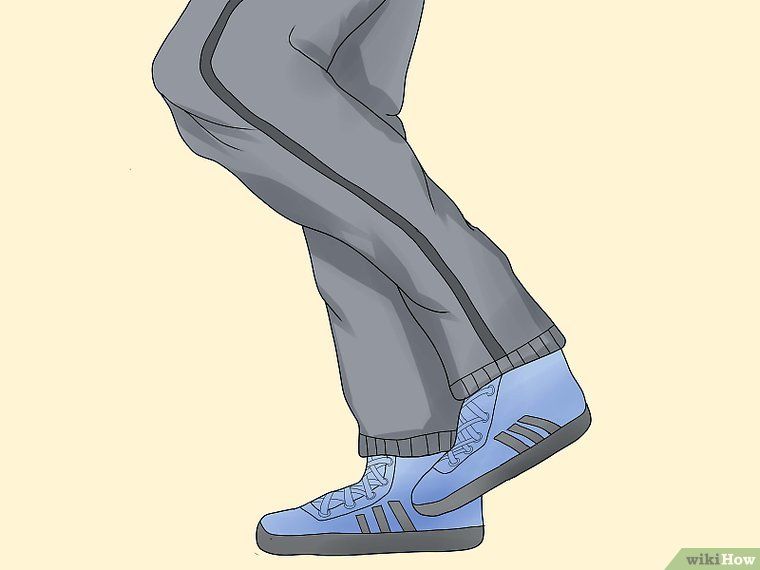 This is not a battle dance, but a way to express the worldview to others using your body language. This direction is characterized by movements that imitate the trampling of a dancer in one place with smooth steps, and the dance itself is divided into two varieties:
This is not a battle dance, but a way to express the worldview to others using your body language. This direction is characterized by movements that imitate the trampling of a dancer in one place with smooth steps, and the dance itself is divided into two varieties:
- Australian classic;
- Malaysian.
The dance itself appeared towards the end of the 80s in the underground venues of the Australian city of Melbourne. He accidentally hit the masses and subsequently began to actively progress, capturing the popular nightlife in Melbourne, and a little later, club hangouts around the world.
In the early 1990s, shuffle separated from the original musical style of acid house and became a separate dance direction, changing the musical background from tehno to trance and house along with it. At the same time, the speed of movements performed by the dancer also changes upwards. And ten years later, the popularity of the dance reaches unprecedented heights thanks to various videos on the Internet and numerous mentions in the media.
Today this dance direction is promoted by many popular DJs and famous party-goers from the club industry of foreign countries, in our country this dance direction is just beginning to develop.
Dancing with the feet - the so-called shuffle
This dance direction is characterized by more movements of the legs and the lower part of the body, which gave the style the street name “dance with the legs”.
If at first the shuffle was danced arbitrarily, at any speed and in any rhythm, now it is danced as quickly as possible. So the audience practically does not see each individual element and perceive the movements of the dancer as one whole.
Shuffle can be danced in different ways, for example, in both Malaysian and Australian directions, there are several main ways to dance: with and without arms and body, with and without running movements, with jumping rolls and in a softer manner.
Like many dance styles, shuffle is a mix of other street club styles. The main feature of the style is that it is available to everyone who wants to express themselves with the help of the voice of their body.
Why is he so popular
Shuffle is a very spectacular dance, which originally consisted of quick "shuffling" movements of the legs, creating the illusion of the dancer hovering and sliding. Over the years, it has acquired many variants of execution, acquired a large number of elements and continues to develop. Today, the shuffle is danced to a variety of music, and therefore it is experiencing a rebirth and explosive popularity on the Internet.
Shape Dance School - gives everyone the opportunity to learn the Shuffle / Cutting Shapes dance without leaving home, thanks to detailed lessons and control over the correctness of the assignments.
4 main reasons:
- The best way to lose weight
- Quick start in training
- Universal and popular dance
- Attention of the opposite sex
Shuffle is the most energy-efficient dance and the most enjoyable way to improve body tone.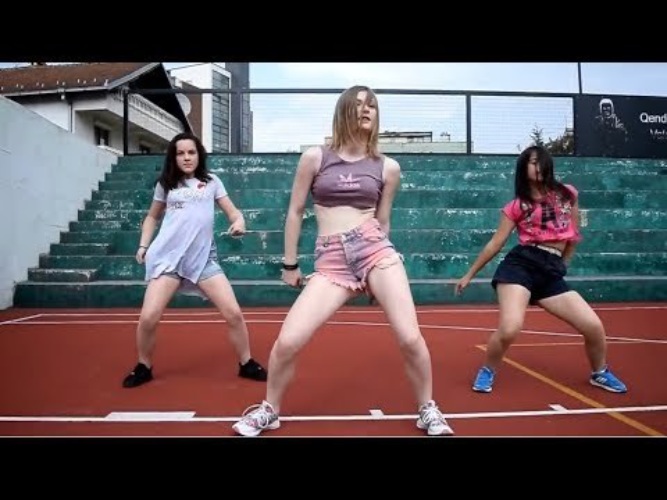 In fact, this is an intense interval training, but unlike other workouts, you can dance anywhere and anytime, while the most difficult thing is to stop :-). Shuffle as a healthy habit that, in addition to pleasure, significantly increases physical endurance and coordination
In fact, this is an intense interval training, but unlike other workouts, you can dance anywhere and anytime, while the most difficult thing is to stop :-). Shuffle as a healthy habit that, in addition to pleasure, significantly increases physical endurance and coordination
If you want to learn how to dance but have never danced before, then Shuffle is the best choice! Shuffle, with proper training, is a quickly mastered dance. In a week you will be able to dance for your pleasure, alternating several basic elements! Of course, good performance will take time, but after getting the first quick result, you will not lose motivation to develop further
Shuffle is a universal style, it can be danced to different styles of music by guys and girls, where there is an even beat. You can dance at a rave to a club track, at a wedding to Pop music, or at your mother's anniversary to techno from 90's. And then put your dance on the net and become an Internet star. After all, shuffle videos are gaining millions of views in a short time
It is by dancing that many people find their other half. Girls love it when guys can dance, and guys like beautifully dancing girls. The advantage of the shuffle is that it looks appropriate in most dance events and musical styles. Even if you perform just a couple of basic movements at a party, then you will already stand out among the others, attracting the attention and interest of the opposite sex
Girls love it when guys can dance, and guys like beautifully dancing girls. The advantage of the shuffle is that it looks appropriate in most dance events and musical styles. Even if you perform just a couple of basic movements at a party, then you will already stand out among the others, attracting the attention and interest of the opposite sex
Shuffle is style
Shuffle is a style in which there are no prohibitions and restrictions on weight, age, gender. Anyone can learn the basic moves to dance in discos, clubs, parties.
To learn how to dance shuffle at a basic level, you need to understand the principle of movements and combine them at your discretion.
But before you start learning the pas, you need to do a warm-up, at least ordinary gymnastics for the joints, in order to minimize the risk of sprains and other injuries.
If you don't have a studio in your city where you can learn how to dance a popular dance, then video dance lessons will be the way out.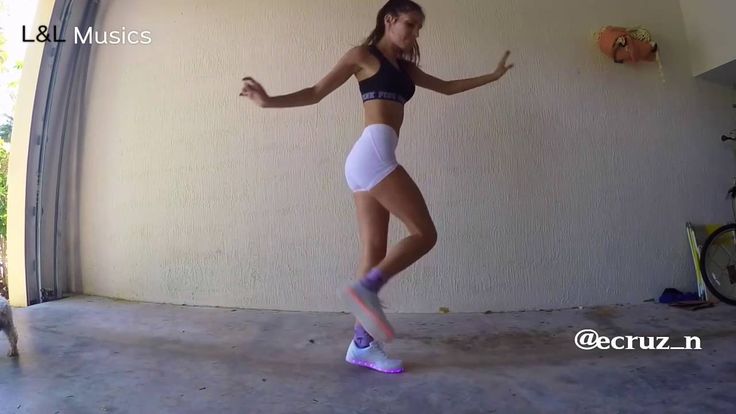 In this case, you can learn to move tolerably without leaving home. The most important thing for mastering this dance is a sense of rhythm, the right music (house, trance or any electronic music), comfortable clothes, a positive attitude - and you will succeed!
In this case, you can learn to move tolerably without leaving home. The most important thing for mastering this dance is a sense of rhythm, the right music (house, trance or any electronic music), comfortable clothes, a positive attitude - and you will succeed!
How to Shuffle: Basic Exercises Video
Before starting to learn the basic movements of the dance style, the dancer needs to properly stretch the muscles of the legs and arms to prevent them from stretching. However, this rule applies not only to shuffle.
The main movement in the dance is sliding steps from side to side and back and forth, which are an imitation of the walking of a dancing person in one place. This movement received the term Running man (running man), and subsequently it served as an impetus for the choice of the name of the dance direction - Shuffling, which means "shuffling" or "sliding feet on the floor.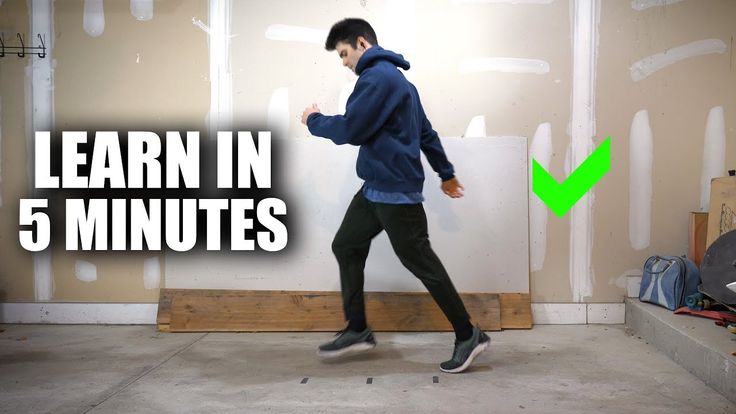 "
"
In addition to the standard combination, there are 4 more basic positions in the dance:
- Teshka is a combination of leg movements, which together represents the letter T, when the left foot moves alternately from left to right, while the right foot moves up and down in the same way.
- Kick - imitation of kicks in the air or on the floor. In this movement, one of them is slightly ahead, and the second hits the place of the other foot. At the same time, the height of the raised knee can vary at the request of the dancer.
- Slide - classic sliding movements.
- Spin - scrolls, which represent the rotation of the body around its axis clockwise or counterclockwise. This movement is performed randomly during the dance process, in the order you want.
Shuffle today uses a large number of dynamic movements from other popular dance styles: popping, locking, liquid dance, breaking, etc. Dancers take interesting combinations and, combining them with each other, create a unique and inimitable dance in the future.

It is more efficient to learn dance with a personal trainer. If this is not possible, the following video lessons for beginners will help you learn how to dance shuffle at home:
Now what concerns the music.
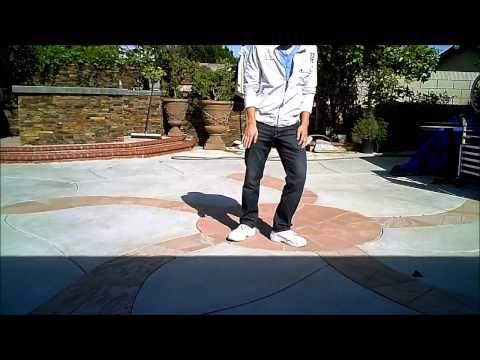
In no case do not start training with a hard hardstyle, you simply will not be able to keep up with the beats. Why make yourself and others laugh. Try dancing to club music (House, Trance, Electro, Electro House). Your main task at the beginning is to learn how to hit the beat and no matter what kind of music. If you feel like you're ready for Hardstyle, try Hardstyle. Can't make it? Don't be upset... get back to club music, soon you will definitely learn to dance faster, the most important thing is patience and desire, everything else will follow.
Tips
So we looked at how to learn how to dance the shuffle. There are still a few small tips that can facilitate this process.
First of all, this direction is good because it does not require special shoes. You can wear regular sneakers on the dance floor. So you can feel great when sliding and turning.
How to learn to dance shuffle at home
Sources
- https://zhenskievoprosy.ru/kak-nauchitsya-tancevat-shafl.html
- https://tancor.info/o-tancah/shafl-shuffle-tanec-budushhego/
- https://shapedance.ru/
- https://dancedb.ru/shuffle/article/kak-nauchitsja-tancevat-shuffle/
- https://vsetantsi.ru/tancy-dlya-parnej/kak-nauchitsya-tancevat-shafl-v-domashnix-usloviyax/
How to learn to dance shuffle - Lifehacker
December 15, 2019 Likbez Sports and fitness
Master the basic moves, then improvise and have fun.
Iya Zorina
Lifehacker author, athlete, CCM
This dance style includes a lot of freedom and improvisation. That is why he is so good. You can master the basic movements in a couple of hours, and then complicate them to infinity and combine them with each other, create your own combinations and spy on others.
Dance in sneakers, socks or barefoot, in any outfit, anywhere.
Master the basic movements of the shuffle
In this style, you do all the basic movements with your feet, the hands most often move freely - according to the heart.
Running man
This is the most basic and essential shuffle movement. You can do it in three different ways.
Full foot
The movement begins by bending the knee and lifting one leg. Next, you need to simultaneously put both legs - supporting and raised - at a distance of one step from each other.
The raised leg is placed forward on a full foot, the standing one behind slips back on the ball of the foot and remains on it - the heel is not placed on the floor. The weight is evenly distributed between the two legs.
After that, it remains to return to the starting position. To do this, the front leg slides back, and at the same time, the back leg is pulled up. You find yourself in the starting position and repeat the cycle.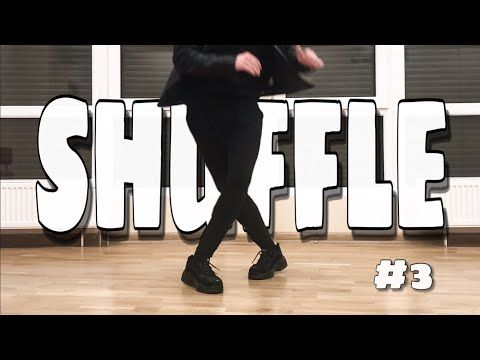 The movement itself is soft and springy: do not stick into the floor, keep your legs relaxed.
The movement itself is soft and springy: do not stick into the floor, keep your legs relaxed.
Heel
This is a lighter and faster running man look that may be needed for some combinations. Here you put your foot not on the whole foot, but on the heel. At the same time, the one standing behind remains on the toe.
On pads
In this variation, the foot is placed forward on the pad. At the same time, the one standing behind also remains on the ball of the foot, and the body leans slightly back.
T‑step
In this movement, one foot constantly makes a “herringbone” - turns the heel in and out - and the second touches the floor and immediately rises back.
When the heel of the skating leg turns inward, the toe of the other foot touches the floor; when outward, the other leg rises, turning the knee inward.
It turns out two positions: closed - when the legs are wrapped with the knees inward, and one leg is raised, and open - when the legs are turned out with the knees outward, and the toe touches the floor. Practice doing the T-step in both directions: slowly at first, then with acceleration.
Practice doing the T-step in both directions: slowly at first, then with acceleration.
Rocking
You jump on one foot, and the other touches the floor in different places: on the side of the supporting leg, across, behind - anywhere you want. You can put your foot on the toe or on the heel - the latter is called a kick. The supporting leg can simply rise low or perform a T-step - move the heel out and in.
Charleston
To begin, you turn your knees and toes inward and lift one leg. Then turn your toes and knees outward, and put your raised leg forward crosswise. Repeat the same with the other leg.
All movement occurs on the balls of the feet, the heels do not fall to the floor. You can move both forward and backward.
Diamond
First you put your feet crosswise with your toes outward with a jump, then you also spread your legs apart with a jump.
Slides
One leg is straight, stands on the whole foot, the other is with a bent knee on the pad. Leaning on the pad, you slip the foot of a straight leg back, as if wiping the sole on the floor.
Immediately after the slip, you turn around. In the turn, the straight leg bends and goes to the pad, and the one that was on the pad, on the contrary, turns on the heel. After that, it remains only to change legs and move in the same way in the other direction.
Scissors
From the starting position - standing with a raised leg, as in Running man - you turn your hips to the side with a jump and put your legs crosswise.
The front foot is on the heel, the back foot is on the ball. Then you jump back to the starting position and do the same on the other side.
Sidekick
From the starting position, you turn your hips to the side with a jump and spread your legs a step apart from each other. The standing foot in front is placed on the heel, the standing one behind remains on the pillow. Then, with a jump, you collect your legs and do the same on the other side.
Try other variations of the basic shuffle movements
You can perform basic movements in different directions: forward and backward, turning around. This will give you more freedom to improvise.
Variations Running man
Do several times in place and then turn around. You can also try walking this way to the side. Each time the leg will need to be placed slightly crossed in order to slowly move to the side.
Variations T‑step
You can drop your foot on the toe, on the whole foot, touch the floor to the side of the supporting leg or forward and behind it.
You can also keep the other leg on the floor at all - leave it on the toe and turn the knee in and out.
Variations Diamond
Here one more element is added to the movement – the heel strike. In the starting position, you wrap the toes of the feet and knees inward, and then jump on the heels, turning the socks to the sides.
From this position, without jumping, you turn your toes and knees inward, cross your legs with a jump, turning your feet with your toes outward, and then return to the starting position.
Charleston Variations
After three turns of the Charleston, turn both toes in one direction and then in the other. At the end, you can turn the knee to the side.
Combine familiar shuffle moves
While you lack the skills to move freely and come up with something of your own, learn a few combinations. They contain interesting movements that will replenish your dance vocabulary.
Combination 1
This is a simple combination of two basic movements - Running man and T-step. First take five Running man steps, then four T-steps to the side and repeat the same in the opposite direction.
Combination 2
Another combination of two basic movements. Here you do three Running mans, then one T‑step with a back foot touch, and two front heel touch kicks. The same on the other side.
Combination 3
There are no standard steps here, but there are already familiar Sidekick and transition from heels to toes.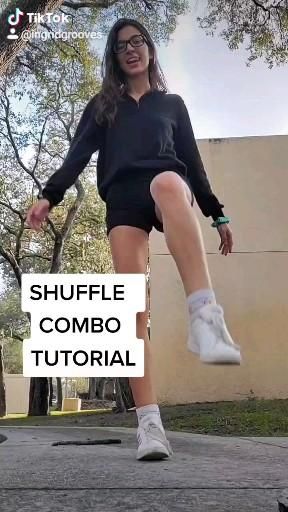
Learn more difficult combinations
We will add some videos with good combinations.
1. Cool video for beginners: movements are repeated in slow motion to make it easier to dance to the music.
2. And here the combination is analyzed step by step in slow motion, dividing it into three parts. Very comfortably. Look for more on this channel, there are several such analyzes.
3. No slowdown here, just a great combination. But you already know almost all the movements, so you can figure it out. If something is not clear, watch the video at a speed of 0.25.
Pick the music and improvise
You probably have a favorite song to shuffle to.